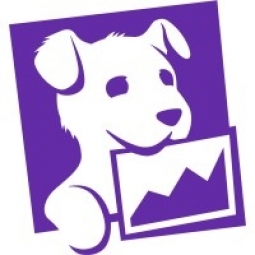Customer Company Size
Large Corporate
Region
- Europe
Country
- France
Product
- Datadog Infrastructure Monitoring
- Datadog Log Management
- Datadog APM products
Tech Stack
- Azure Kubernetes Service (AKS)
- Apache
- JBoss
- Tomcat
- Wildfly
- Oracle
- SQL Server
- PostgreSQL
- Python
- JavaScript
Implementation Scale
- Enterprise-wide Deployment
Impact Metrics
- Digital Expertise
- Productivity Improvements
Technology Category
- Analytics & Modeling - Real Time Analytics
- Platform as a Service (PaaS) - Connectivity Platforms
Applicable Industries
- Railway & Metro
Applicable Functions
- Discrete Manufacturing
- Logistics & Transportation
Use Cases
- Predictive Maintenance
- Real-Time Location System (RTLS)
Services
- Cloud Planning, Design & Implementation Services
- Data Science Services
About The Customer
SNCF is France’s state-owned railway operator and a global provider of public transportation services. With 275,000 employees located in 120 countries, it also provides engineering and logistics expertise to assist in many public transportation projects worldwide. SNCF has long been recognized as a global leader in transportation, having introduced one of the world’s first high-speed railways, the Train à Grande Vitesse (TGV), in 1981. Since the launch of that pioneering public resource, SNCF has gone from strength to strength. The company has expanded beyond France and is now succeeding in the global arena, where it provides engineering and logistics expertise to assist in public transportation projects worldwide. SNCF is now also a thriving software company in addition to a public transportation provider, building countless internal and public-facing applications to support its operations, products, and services.
The Challenge
SNCF, France’s state-owned railway operator, embarked on a major digital transformation initiative in 2016. The goal was to update its IT infrastructure and improve its competitiveness by migrating 90% of its applications to the cloud and embracing PaaS and containerization. However, SNCF discovered that it had no coordinated approach to monitoring. Business units had been adopting monitoring solutions independently, leading to the company using a total of 11 different monitoring tools. This lack of a single, standard monitoring tool severely restricted the scope of what each team monitored, making it difficult for different IT teams to cooperate on shared problems. This was a clear impediment to the organization’s goal to improve its competitiveness and agility. Additionally, SNCF’s existing monitoring tools weren’t cloud-native, leading to user friction and extra administrative overhead.
The Solution
To promote its efforts to improve competitiveness through digital transformation, SNCF determined that it was crucial for its teams to standardize on a single, centralized monitoring solution. After a highly successful pilot program with Datadog’s Infrastructure Monitoring, Log Management, and APM products, SNCF decided to go all-in on deploying Datadog company-wide. Within eight months, SNCF migrated 4,800 servers (including 2,000 production servers), 655 applications, and 13,000 containers from older monitoring tools to Datadog. SNCF teams now use Datadog in many ways, such as for alerting, troubleshooting, reviewing application logs and performance metrics, and checking billing with cloud providers.
Operational Impact
Quantitative Benefit

Case Study missing?
Start adding your own!
Register with your work email and create a new case study profile for your business.
Related Case Studies.
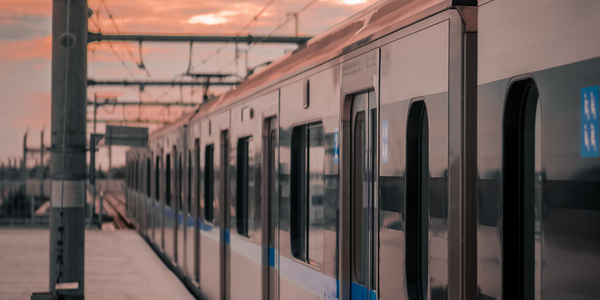
Case Study
Building Smart IoT-Connected Railways
• Difficult environment. Communications equipment on trains must function properly in harsh conditions, such as environment temperatures ranging from -25°C to +85°C, according to the EU standard EN50155.• Railway regulations. All products in a train must adhere to strict standards, relating to working vibration, power consumption, and lifetime.• Lengthy process. Time to market in the railway industry can take years from concept to mass production, so product design requires a solid long term vision.
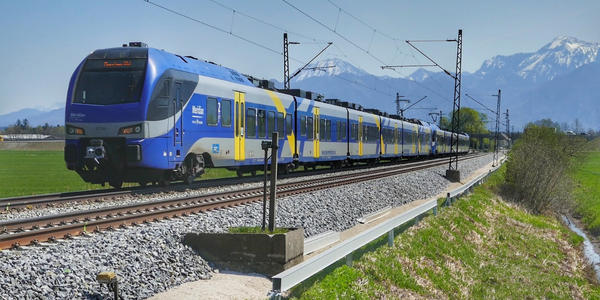
Case Study
Connected Transportation: A Smarter Brain for Your Train with Intel
A modern locomotive, for example, has as many as 200 sensors generating more than a billion data points per second. Vibration sensors surround critical components, video cameras scan the track and cab, while other sensors monitor RPM, power, temperature, the fuel mix, exhaust characteristics, and more.Most of today’s locomotives lack sufficient on-board processing power to make full use of all this data. To make matters worse, the data from different subsystems, such as the brakes, fuel system, and engine, remain separate, stored in isolated “boxes” that prevent unified analysis. The data is available, but the technology needed to process it in the most effective manner is not. As new sensors are added to the machine, the problem escalates.
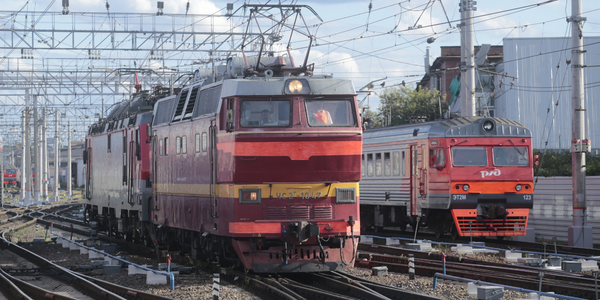
Case Study
Using LonWorks to Keep Acela Trains Zip Along
Canadian transportation company, Bombardier was tasked with building a bullet train system on rails that were designed for lower speed trains. In addition, they had to ensure safe and optimal operation at high speeds, maximize train uptime and enhance communication with passengers.

Case Study
Delhi NCR Metro: A Mobile App Revolutionizing Public Transportation
The Delhi NCR Metro, a major public transportation system in India, was facing a challenge in providing accurate and comprehensive information to its daily commuters and tourists. The lack of a centralized platform for information about metro station details, train schedules, fare details, parking, elevators, and tourist locations was causing inconvenience to the users. The challenge was to develop a mobile app that could provide all this information accurately and conveniently. The app needed to be equipped with GPS services to help users find the nearest metro and renowned locations. An interactive map was also required to assist travelers who were familiar with the metro lines. The goal was to provide maximum information with minimum input.
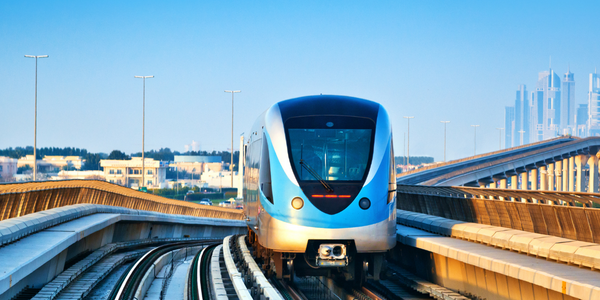
Case Study
Automated Railcar Inspections Increase Security and Revenue
Providing industry and government customers with intelligent inspection, automation, safety, and security solutions, Duos Technologies Group, Inc. (“Duos” or the “Company” - Nasdaq: DUOT) continually pushes the boundaries of IT. To keep pace with expanding AI-enabled data capture analytics for its edge railcar inspections, the company chose the latest Dell EMC PowerEdge servers.Duos Technologies’ challenge was finding a way to leverage technology as a force multiplier to meet customer requirements for a better, faster inspection process for trains running at full speed. Duos developed innovative data analytic solutions with AI at the edge to conduct more reliable railcar inspections, which are available 24/7/365 in all climates and conditions.




